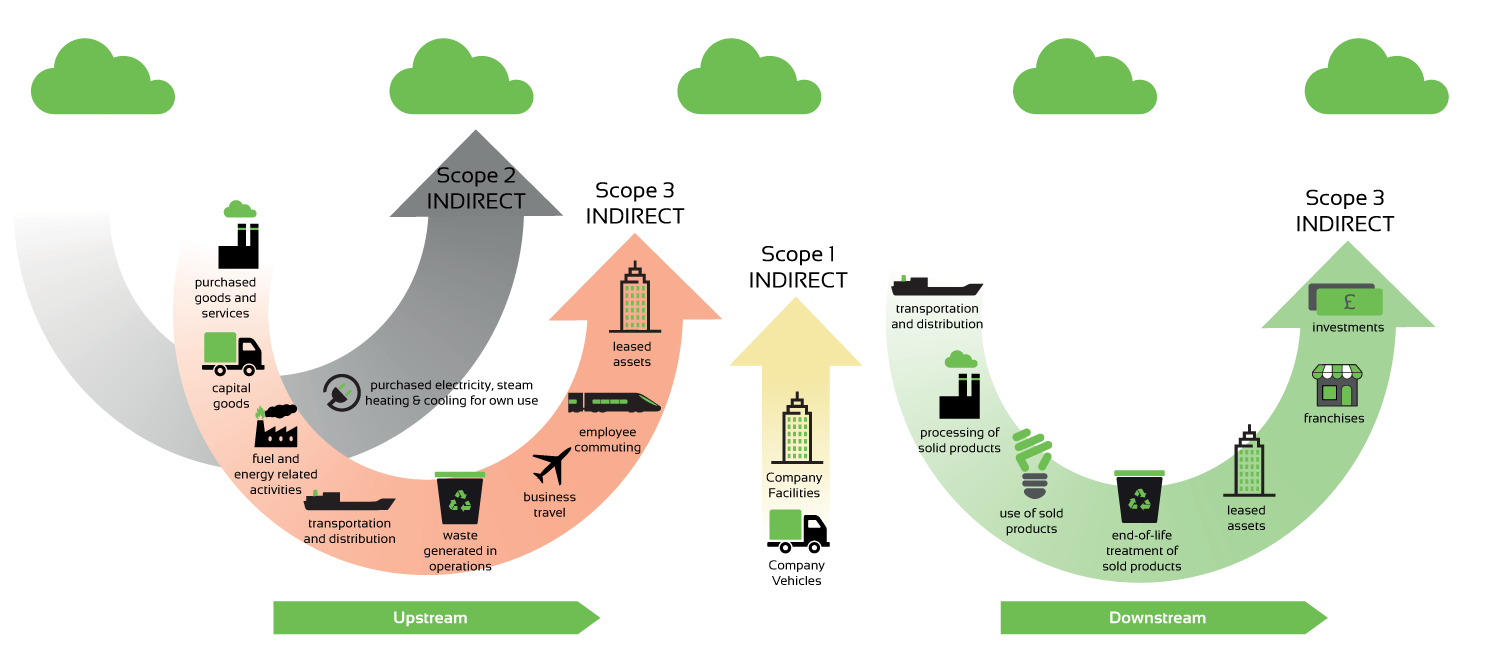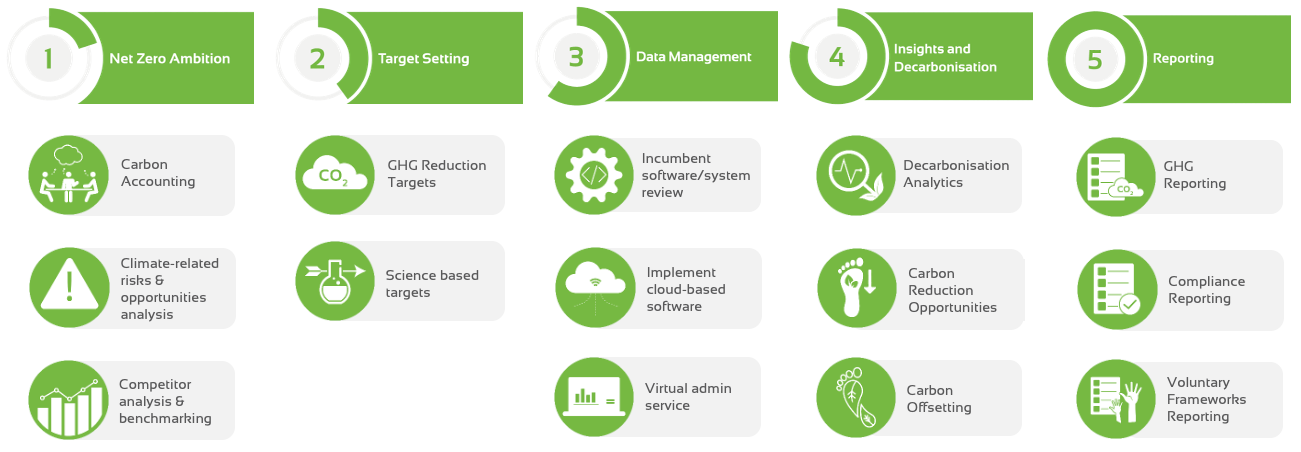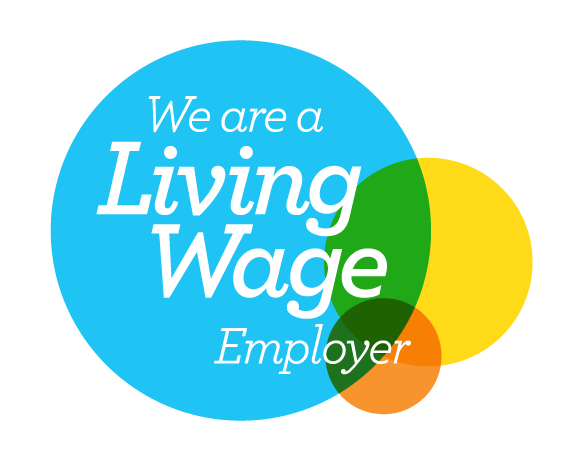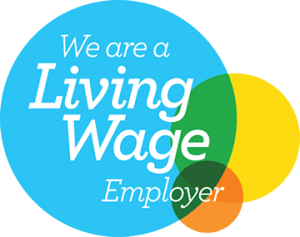What happens after ESOS?
AFTER ESOS, WHAT HAPPENS NEXT?
Helena Glover, Sustainability Consultant at Optimised, reviews the Energy Savings Opportunities Scheme (ESOS), and how companies can build on their findings to help decarbonise and achieve net zero.
The Energy Savings Opportunities Scheme (ESOS) is a great starting point for identifying opportunities to reduce consumption, costs and carbon. In 2023, Optimised identified nearly 10,000 tonnes of CO2e savings through ESOS energy audits! But it is crucial not to forget about the long-term goal: net zero emissions, across your value chain.

DRIVING CLIMATE CHANGE
WHY NET ZERO?
The Intergovernmental Panel on Climate Change (IPCC), the world’s leading collective of climate scientists, states that we must limit the rise of global temperatures to a 1.5°C increase above pre-industrial temperatures. If we exceed this limit, we will experience more frequent and extreme climate events, such as floods, heat waves, droughts, and cyclones.
The repercussions of these extremes are already being felt worldwide as we experience record-breaking temperatures and climate-related destruction.
Reaching net zero carbon emissions has never been so crucial. To achieve this goal, governments, businesses, and individuals must play their part in rapid decarbonisation. Not only does carbon reduction yield environmental benefits, but it also provides opportunities for your business to become an industry leader; enhance your brand reputation and investor confidence; improve your resilience given current and likely future regulation; and achieve cost savings.
ELIMINATING GREENHOUSE GASES FROM THE ATMOSPHERE
WhAT IS NET ZERO?
To reach a state of net zero, companies must:
- Reduce scope 1, 2, and 3 emissions to zero or a residual level consistent with reaching net zero emissions at the global or sector level in eligible 1.5°C-aligned pathways; and
- Permanently neutralise any residual emissions at the net zero target year and any GHG emissions released into the atmosphere thereafter
(Source: Science Based Targets initiative Corporate Net Zero Standard, 2024)
THE GREENHOUSE GAS PROTOCOL
WHAT ARE SCOPE 1, 2 AND 3 EMISSIONS?
Scope 1 emissions are GHGs emitted directly from onsite combustion of fuels and
scope 2 emissions refer to GHGs produced indirectly from purchased electricity, heating, cooling, and steam.
Scope 3 emissions are other indirect emissions (not included in scope 2) from your organisation’s value chain.
Companies must reduce their scope 1, 2 and 3 emissions by 90% to achieve net zero status. The image below from Greenhouse Gas Protocol illustrates the breakdown of these emission scopes.

ESOS provides energy savings opportunities targeting scope 1 and 2 emissions, however, to reach net zero it is imperative to also address scope 3 emissions from your organisation’s value chain.
ELIMINATING GREENHOUSE GASES FROM THE ATMOSPHERE
HOW Can my business reach net zero emissions?
Optimised specialises in creating and implementing bespoke net zero strategies for businesses in a variety of sectors. Our approach is as follows:

If you are interested in starting your net zero journey, book in a free 30-minute consultation with us below.
BOOK YOUR 30-MINUTE ENERGY MANAGEMENT CONSULTATION
Fill in your details below to arrange a complimentary consultation with one of our experts. They will give you bespoke advice to help your business achieve all its energy needs, reducing cost, consumption and carbon.









